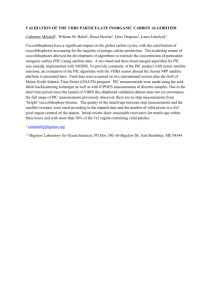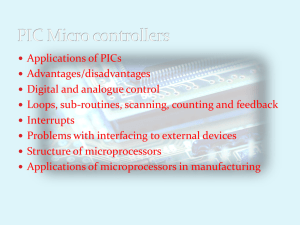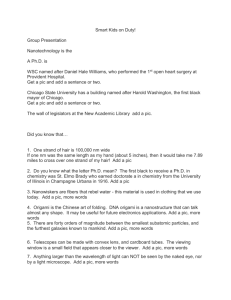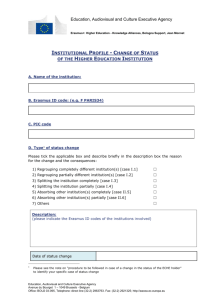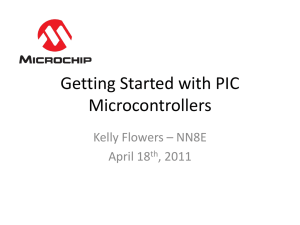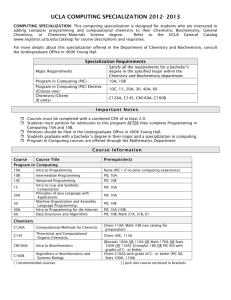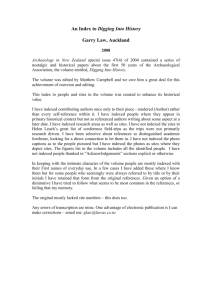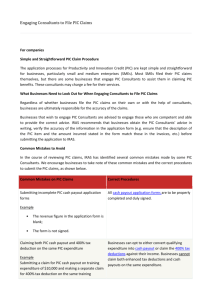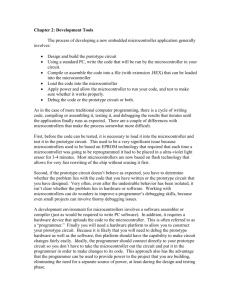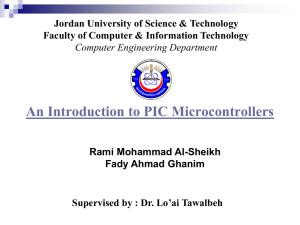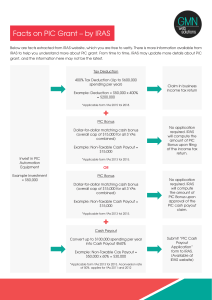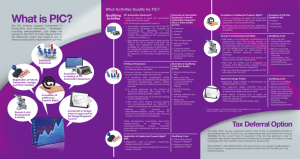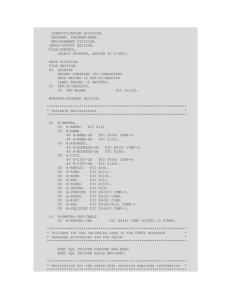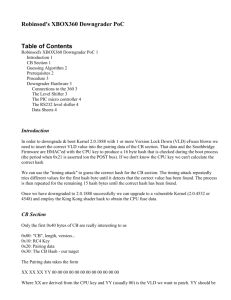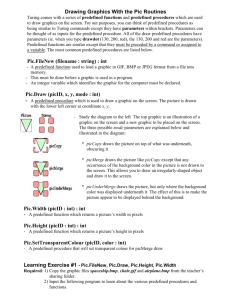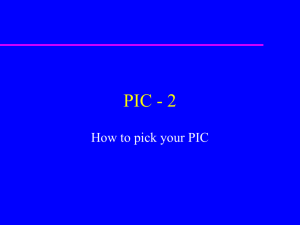PIC project
advertisement
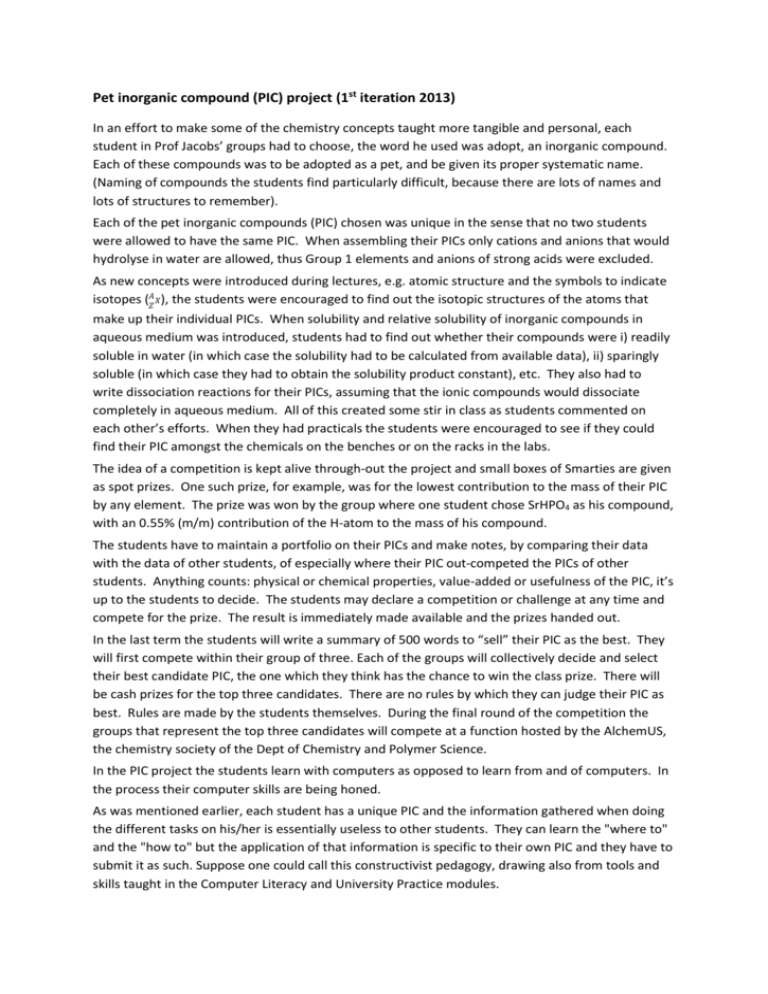
Pet inorganic compound (PIC) project (1st iteration 2013) In an effort to make some of the chemistry concepts taught more tangible and personal, each student in Prof Jacobs’ groups had to choose, the word he used was adopt, an inorganic compound. Each of these compounds was to be adopted as a pet, and be given its proper systematic name. (Naming of compounds the students find particularly difficult, because there are lots of names and lots of structures to remember). Each of the pet inorganic compounds (PIC) chosen was unique in the sense that no two students were allowed to have the same PIC. When assembling their PICs only cations and anions that would hydrolyse in water are allowed, thus Group 1 elements and anions of strong acids were excluded. As new concepts were introduced during lectures, e.g. atomic structure and the symbols to indicate isotopes (𝐴𝑍𝑋), the students were encouraged to find out the isotopic structures of the atoms that make up their individual PICs. When solubility and relative solubility of inorganic compounds in aqueous medium was introduced, students had to find out whether their compounds were i) readily soluble in water (in which case the solubility had to be calculated from available data), ii) sparingly soluble (in which case they had to obtain the solubility product constant), etc. They also had to write dissociation reactions for their PICs, assuming that the ionic compounds would dissociate completely in aqueous medium. All of this created some stir in class as students commented on each other’s efforts. When they had practicals the students were encouraged to see if they could find their PIC amongst the chemicals on the benches or on the racks in the labs. The idea of a competition is kept alive through-out the project and small boxes of Smarties are given as spot prizes. One such prize, for example, was for the lowest contribution to the mass of their PIC by any element. The prize was won by the group where one student chose SrHPO4 as his compound, with an 0.55% (m/m) contribution of the H-atom to the mass of his compound. The students have to maintain a portfolio on their PICs and make notes, by comparing their data with the data of other students, of especially where their PIC out-competed the PICs of other students. Anything counts: physical or chemical properties, value-added or usefulness of the PIC, it’s up to the students to decide. The students may declare a competition or challenge at any time and compete for the prize. The result is immediately made available and the prizes handed out. In the last term the students will write a summary of 500 words to “sell” their PIC as the best. They will first compete within their group of three. Each of the groups will collectively decide and select their best candidate PIC, the one which they think has the chance to win the class prize. There will be cash prizes for the top three candidates. There are no rules by which they can judge their PIC as best. Rules are made by the students themselves. During the final round of the competition the groups that represent the top three candidates will compete at a function hosted by the AlchemUS, the chemistry society of the Dept of Chemistry and Polymer Science. In the PIC project the students learn with computers as opposed to learn from and of computers. In the process their computer skills are being honed. As was mentioned earlier, each student has a unique PIC and the information gathered when doing the different tasks on his/her is essentially useless to other students. They can learn the "where to" and the "how to" but the application of that information is specific to their own PIC and they have to submit it as such. Suppose one could call this constructivist pedagogy, drawing also from tools and skills taught in the Computer Literacy and University Practice modules.

